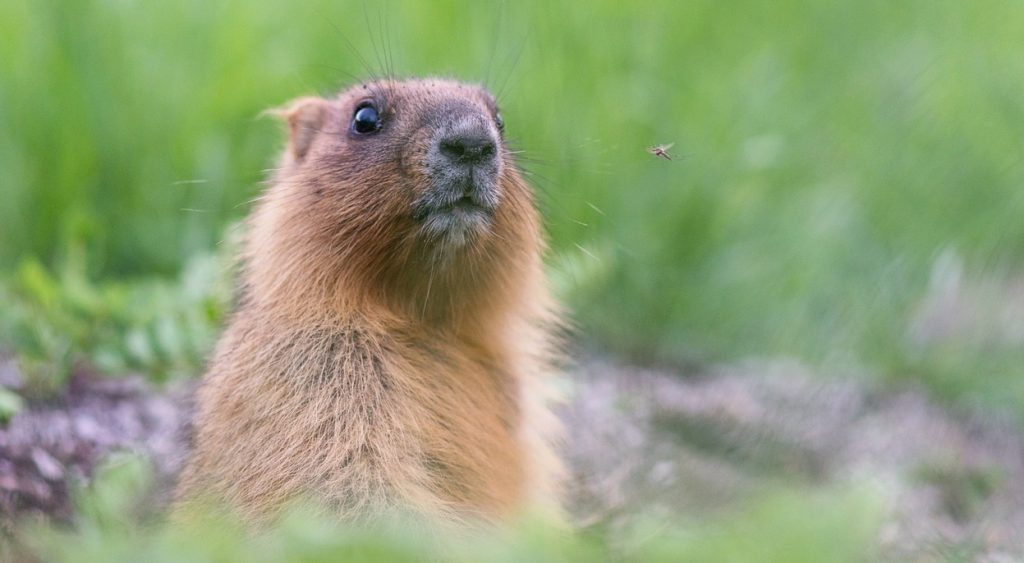Here’s a look at the origins, history, and accuracy rates of Groundhog Day, the most important meteorologically psychic animal-based holiday on the calendar.
It’s obviously not the most scientific barometer to predict six weeks of weather patterns based on what a giant rodent does (or at least what a giant rodent does on one morning), but a lot of people still take it for the truth that
Why February 2?
Before it was Groundhog Day, February 2 was Candlemas, a Christian holiday. While no longer widely celebrated, it was an important “feast day” in the early church, and falls on the 40th day after Christmas. As traditions and folk wisdom emerge about most all holidays, so too did that happen for Candlemas. Because it falls smack dab in the middle of winter, Europeans started to use the day as a predictor about how the rest of winter could transpire. In Germany, folklore held that if it was cloudy when a hedgehog emerged from its bunker in the morning, then the people were in for an early spring. But if it was sunny out, well, the hedgehog would cast a shadow, and then get so spooked it would run right back into its burrow, indicating another six weeks of winter, as scheduled, through the end of March.
Why a groundhog?
Also, what even is a groundhog? It’s a gray-furred North American marmot. They weigh about nine pounds and live in underground burrows. It’s the weather-predicting animal not because it can actually predict the weather, obviously, but because settlers had no choice. When large numbers of German immigrants settled in Pennsylvania in the late 1800s, the Candlemas tradition came, too. One problem: There weren’t many hedgehogs in Pennsylvania. But there were plenty of groundhogs.
Why Punxutawney?
Because that’s who made the biggest deal out of it. In 1887, the Pennsylvania town of Punxsutawney became the home of Groundhog Day, staging a huge celebration to see what a groundhog (“Phil”) would do. Now, each February 2, Phil emerges from a temporary burrow built atop a hill called Gobbler’s Knob.
What’s the score?
Since 1887, Phil has seen his shadow 102 times—in other words predicted the continuation of winter. Just 18 times was an early spring forecast. That’s a downright abysmal accuracy rate of 39 percent.
Does Phil have a rival?
Yes—Phil isn’t the only furry weatherman out there. The Staten Island Zoo in New York has its own forecasting groundhog named Chuck. Zoo officials claim he’s ultimately been right 80 percent of the time, including from 2010 up through last year.









